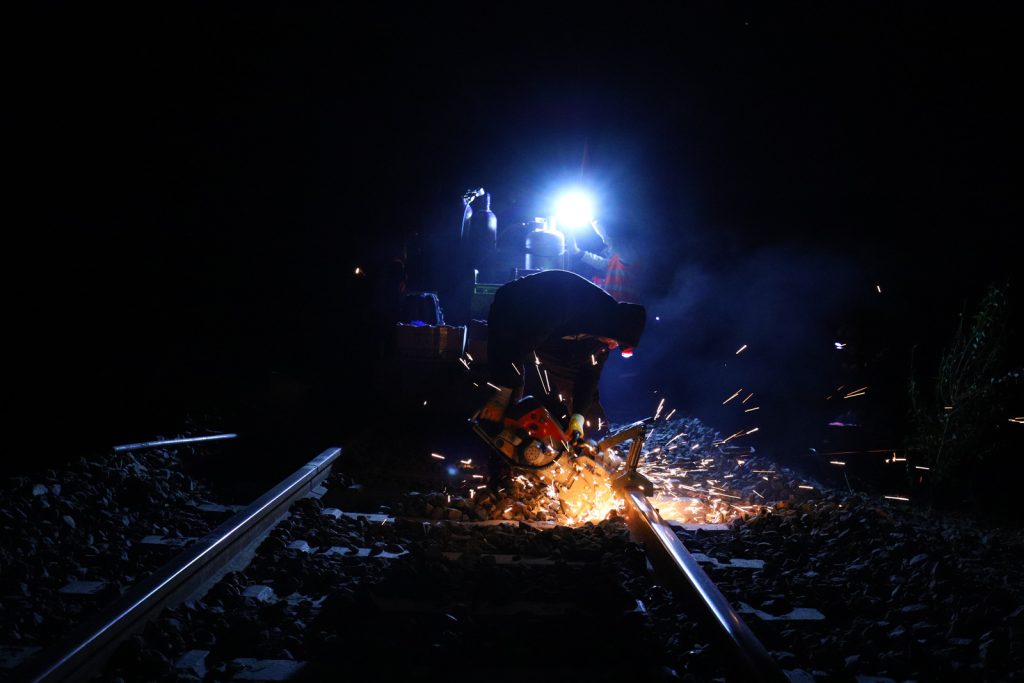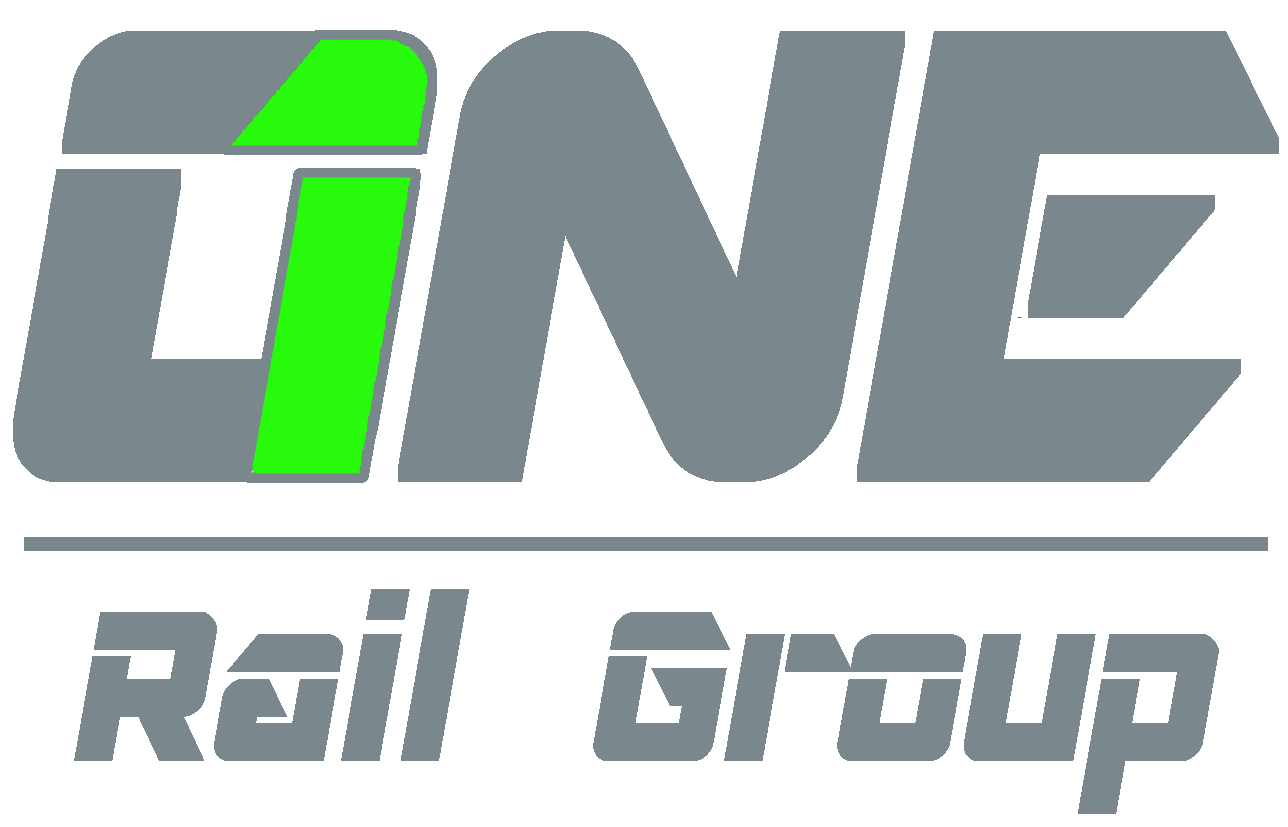A fixed rail welding plant makes production with precision possible, which is exactly what you need when you’re working on a big project under pressure. In major projects, fixed plants offer greater control over the weld quality while still delivering at a large capacity with swift turnaround times, helping you stay “on track” for a seamless project delivery.
With the right infrastructure in place, you can get consistent EFB welds and faster loading. This gives you the ability to manage both new and previously worn rail without slowing the whole program down.

What Does a Rail Welding Plant Actually Do?
A rail welding plant is designed to join shorter rail sections into continuous welded rail (CWR) strings. This is typically done using flash butt rail welding, which fuses the metal ends of two rail sections together using intense electrical current and pressure.
The result is strong, clean, and consistent welds with minimal loss of material.
In fixed plant setups, the process is streamlined and highly controlled. These facilities include automated rail handling systems, in-line grinding stations, and quality control checkpoints to ensure maximum daily output with minimum human error.
Why Use Flash Butt Rail Welding?
Flash butt welding is the gold standard in the rail industry because it creates welds that are nearly as strong as the parent metal and produces fewer defects compared to thermite welding.
In a dedicated rail welding plant, the flash butt welding process is improved thanks to the stable power supply, controlled cooling systems like air quenching, and advanced rail alignment equipment.
This level of consistency is more difficult to achieve in mobile or on-site settings.
The Role Of Rail Welding Equipment
The high-performance rail welding equipment in fixed plants is geared toward delivering precision at a high throughput, from four-way hydraulic presses to fully automated weld heads. Moreover, gantry cranes and mechanized feed systems reduce manual handling and speed up the transition from raw stock to finished rail strings.
Managing Previously Worn Rail
A modern rail welding plant isn’t limited to just new rail. It can also be configured to handle previously worn rail, thereby extending the lifecycle of existing materials.
This requires a modified setup with cropping stations, rail grading areas, and ultrasonic testing units to assess internal flaws before the rails are welded and sent back out to be used.
If you need seamless rail strings processed at scale, then contact One Rail Group today and learn firsthand how our rail welding plant can power your next railway project.
